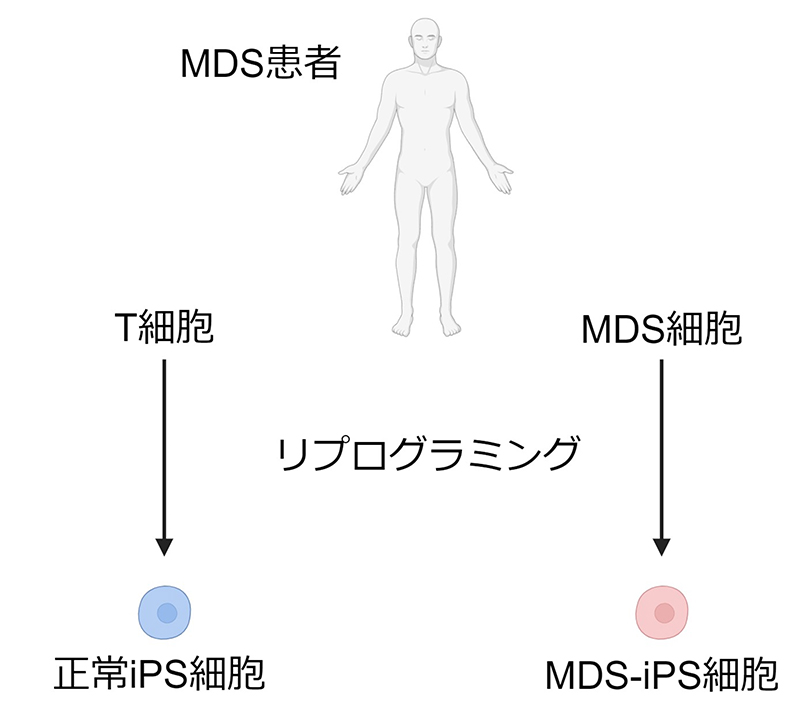2024-09-04 ワシントン州立大学(WSU)
ワシントン州立大学の研究によると、絶滅危機にある蝶の種は、人間による積極的な生息地管理で生存率が向上することが分かりました。31種の蝶を対象とした調査で、年間8%の減少が確認されましたが、管理された生息地では蝶の個体数が安定。気候変動の影響で活動時期がずれる種も、管理により影響が軽減されました。研究者は、地域レベルでの管理が蝶の保護に有効であることを強調し、無農薬の野草の植栽を推奨しています。
<関連情報>
- https://news.wsu.edu/press-release/2024/09/04/at-risk-butterflies-more-likely-to-survive-with-human-help/
- https://besjournals.onlinelibrary.wiley.com/doi/10.1111/1365-2664.14735
米国におけるリスクのあるチョウの個体数動向は、フェノロジカル恒常性と管理介入によって予測される Phenological constancy and management interventions predict population trends in at-risk butterflies in the United States
Collin B. Edwards, Cheryl B. Schultz, Steven P. Campbell, Candace Fallon, Erica H. Henry, Kelsey C. King, Mary Linders, Travis Longcore, Daniel A. Marschalek, David Sinclair, Ann Swengel …
Journal of Applied Ecology Published: 03 September 2024
DOI:https://doi.org/10.1111/1365-2664.14735

Abstract
- Changes in phenology are a common response to climate change, but their impact on population dynamics is often ambiguous and at-risk species are omitted from most analyses.
- We assessed the relationship between change in abundance and change in phenology for 114 butterfly populations of 31 at-risk species from five families in 10 US states. We used data from Pollard-walk and similar monitoring programmes for which count data were collected on multiple occasions per year. We also collected information from managers on site-level management interventions.
- To estimate abundance, we first fit separate smoothing splines for each species at each site. Yearly abundance was estimated as the area under the activity curve for that year, and from this, we estimated abundance trends over the period for which we had population data. Phenological shifts were measured as the changes in median activity date, beginning of flight season, duration of flight season and phenological constancy (negative of the magnitude of trends in median activity date). We also evaluated the association of ecological traits (voltinism, diet breadth, position within geographic range, ecoregion, overwintering stage and seasonality) and management (proportion of years with interventions) with trends in abundance and in phenology.
- Across all populations, the estimated trend in abundance was -0.085, equivalent to an 8.1% decline/year. Positive trends in abundance were associated with smaller shifts in the median flight date (higher constancy). We also found strong associations between trends in abundance and management interventions, with increased management associated with increasing abundance trends. In general, ecological traits were not strongly associated with trends in phenology or trends in abundance.
- Synthesis and applications: Populations with less phenological constancy are more likely to be rapidly declining and populations with more frequent management interventions are increasing. These results suggest that one key outcome of management interventions may be to mitigate some of the impacts of climate change, which in turn may contribute to higher population growth. These results also imply that managers may need to alter the timing of appropriate management to synchronize with activities of at-risk species as species shift their phenology.


